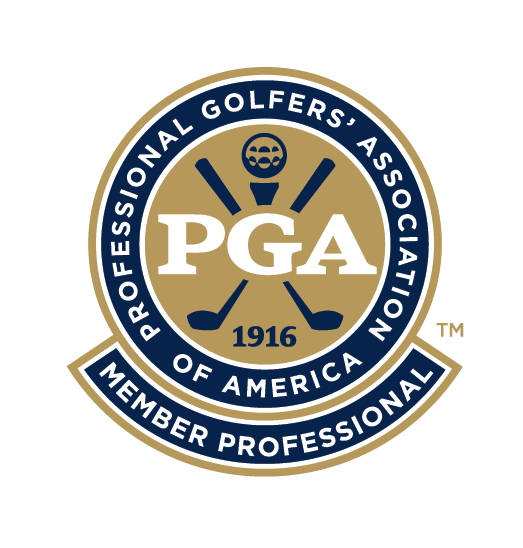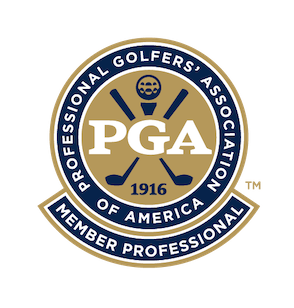What movement in sport has more to-do’s, along with more not-to-do’s than the golf swing? In the golf swing we have the Golden Rules like: we need to “shift our weight” – yet not “sway”. In the golf swing we need to “cock our wrists” – yet not “flip our wrists”. In the golf swing most Golfers will tell you that you can’t lift your left heel on the back swing (right handed Golfer) and yet, if you don’t lift your heel – many don’t have the flexibility to make a “perfect” shoulder turn.
So how do you “shift your weight” without “swaying”? And how do you “cock your wrists” without “flipping your wrists”? And how come it was alright for Jack Nicklaus and Tom Watson to lift their heel on the backswing – yet you’re not allowed to?
Why are there so many dang rules when swinging the golf club?!!!
One of the best pieces of advice that a Golfer should listen to is that there are no Golden Rules as far as how to swing a golf club. Although, I would say that if there was anything close – it would be: that the direction your club face is pointing when it hits the golf ball is more important than anything else than you have ever heard or will ever hear about – that is … if you want to be in control of the direction the golf ball flies.
See, we get so overwhelmed with all these “Golden Rules” on what we need to do to hit a golf ball – that we bog ourselves down. It’s almost as if you have so many thoughts of what you need to do correctly before hitting the golf ball – that you have very little chance of consistently hitting a good shot.
Yet, the concept of a good golf shot comes down to one important factor when using a Results Based Approach – “The golf ball will go in the direction my club face is pointing when I hit the golf ball.”
And although there are many that will say – “Well yes Marc, that is true. But in order to do that you need to have all these other Golden Rules happen.” To which I believe my response would be – how many of the same exact Golden Rules do Tiger Woods, Phil Mickelson and Jack Nicklaus share? How many of the same Golden Rules do Stewart Cink and Jim Furyk share? And Lorena Ochoa and Annika Sorenstam?
Do these golf swings that are mentioned above look exactly the same? Or lets put it another way – if you were to put a bag over the head of each Golfer (so you couldn’t tell who it was – made Mickelson play right handed or the others play left handed), even the most casual Golf Fan would be able to tell which is Tiger’s swing and which is Jack’s swing. Meaning Tiger doesn’t have the same exact Golden Rules as Nicklaus. And Mickelson doesn’t have the same exact Golden Rules as Cink. Etc., etc., etc.
What Golden Rules are you applying to your golf swing right now? And who told you about those Golden Rules? Did you read about one of Sergio’s Golden Rules in a golf magazine and decided it needs to be one of your Golden Rules? If so, why? How do you know that Sergio’s Golden Rules apply to your golf swing? And what’s worse, maybe you’re already doing that Golden Rule well in your golf swing (but not know it), so now when you apply it to your golf swing – you’re overdoing it. Which could cause even more problems in your golf swing!
Here’s a Drill using a Results Based Approach for you to do:
Take out a wedge and hit a golf ball 10 yards. After the shot – determine if you hit it solid and if it went in the direction you intended.
If you hit it solid, hit a golf ball 30 yards. After the 30 yard shot – determine if you hit it solid and if it went in the direction you intended. If it wasn’t as solid or as straight as the 10 yard shot – go back to the 10 yard shot and try to find out what you did differently (besides making a longer back swing) and hit another good shot from 10 yards.After you hit another solid 10 yard shot – go back to the 30 yard shot and try to feel what you’re doing different in your swing. When you do hit a good 30 yard shot ….
Then hit a 60 yard shot. After that shot – determine if you hit it solid and if it went in the direction you intended. If not, go back to the 30 yard shot and try to find out what you did differently. If you did hit the 60 yard shot well – go to 90. Then follow this process until you’re taking full swings.
Why will this drill help you?It’ll help you in many ways. The first is that most Golfers try to determine what’s wrong with their golf swing primarily after taking full swings. Yet, that swing happens so fast and your arms and body are moving at a speed that doesn’t allow many Golfers to feel what they’re doing during the swing. By starting with these small swings – you’re better able to pinpoint what’s happening in your golf swing at different points in your swing.
So now you can narrow down where the problem is in your golf swing instead of just taking one full swing after another and pretty much guessing what’s wrong. And believe it or not – your guesses may be heavily influenced by the Golden Rules you saw on the golf channel last night or in the last issue of a golf magazine. Which probably has nothing to do with your golf swing – yet because you’re looking for answers – they sound like the thing you should try next.
Second – many of the problems that 8 out of every 10 Golfers have in their golf swing happens during the time period when the club head is lower than your shoulders. Yet, 8 out of every 10 Golfers are working on something to fix a perceived problem that’s happening above their shoulders. Remember, the problem you perceive at the top of your golf swing could be caused by something happening when the club is lower than your shoulders.Which is another way of saying that too many Golfers are working on trying to fix an “effect” vs. what they should be doing – working on fixing the “cause”.
So by starting with small golf swings and working your way up – you’ll be determining (using a Results Based Approach) where your problem is occurring in your golf swing. Unfortunately, it’s been pounded into the heads of many Golfers that improving your golf swing is all about taking full swings. And yes, you need to take many full golf swings on the golf course. Yet, the best way to fix your full swing isn’t just by practicing full swings.
The teaching method I’m introducing to you above is a Results Based Approach of finding out where in your golf swing your swing is breaking down. It shows that if you hit your wedge well with the 10 yard shot and you hit the 30 yard shot well and the 60 yard shot well and then mess up the 90 yard shot (which to many would be between a ¾ and full swing) – it shows that you’re doing something bad in your golf swing somewhere in the area where your body and club passes through 60 yards as you go to a 90 yard backswing. Which you’re also probably doing at that point of your golf swing while hitting your Driver using a full golf swing – yet, you probably won’t detect this happening while hitting full Drivers because it happens too fast for many Golfers.
How do I know this works? Because using this Results Based Approach we’ve been able to display at least 2 testimonials every week in Golf Improvement Weekly for the last 284 Issues and are displaying 100’s more on the www.default website. When’s the last time you had the pleasure of telling anyone about how well you’re playing and how good you feel about your golf swing?
The Monkey will continue to work on hitting full shots until they “get it”
The Player finds where their golf swing is breaking down using a Results Based Approach
Go ahead, be a Player!Regards,Marc Solomon – Your Instructor For Life



